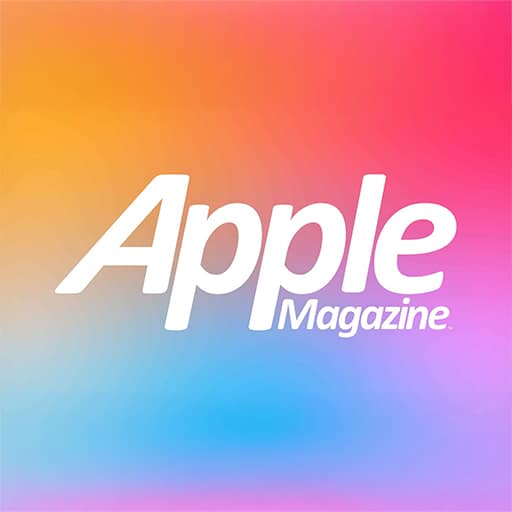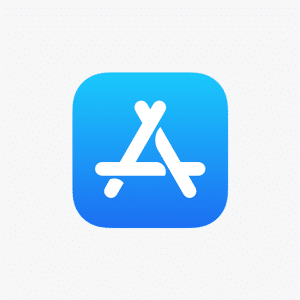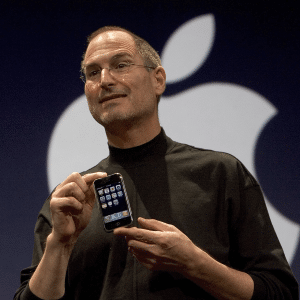 With the launch of the first iPad, former Apple executive Matt MacInnis had a brainstorm: multimedia textbooks for the new device, with video, photos and audio.
With the launch of the first iPad, former Apple executive Matt MacInnis had a brainstorm: multimedia textbooks for the new device, with video, photos and audio.
First released in 2010, his Inkling textbooks won over lots of students, who loved the high-definition approach to learning. But publishers weren’t as eager to jump in as he had hoped.
So MacInnis began targeting another under-served market: Visual books for consumers.
Inkling’s first test of a consumer title, The Professional Chef ($49.99) by The Culinary Institute of America, was released in 2011 and has quietly surpassed $1 million in revenue.
In response, in the last two months, Inkling has rolled out some 100 general interest titles, including books on gardening, food, photography and travel, to give folks illustrated-reading options for their iPads, iPhones and the Web. (No Android access yet — look for it in 2013.)
“If you go to Amazon and look at some of the products that are available there, what you are essentially seeing is a $10 text file,” says MacInnis. While that form of e-book works for novels, it’s not so keen for how-to or visual books that need photos and videos to help tell the story, he says.
“We’re taking all the technology we were applying to textbooks and making it happen for consumers.”

With tablets expected to be one of the best-selling gift items this year, MacInnis predicts some (non-children’s) book buyers “will be disappointed when they open their shiny new iPads, and all Apple and Amazon can sell them is black-and-white text. People want video and illustrations and interactivity.”
Dan Reynolds, CEO of Storey Books, which specializes in illustrated how-to titles, was eager to give Inkling a try. “The current formats don’t do illustrated books justice,” he says. “Inkling can really make an illustrated book look as rich online as on paper.”
Just two years old, Inkling has raised $31 million in funding from several firms, including Sequoia Capital and Tenaya Capital.
Bryan Schreier, a partner with Sequoia, says he was intrigued with the idea of Inkling when MacInnis pitched it to him, “because reading doesn’t have to be a low-fidelity experience. There’s so much more that publishers can do. This didn’t seem like something Amazon would do, so we bet on Inkling.”
MacInnis says Inkling’s textbooks are available at 1,000 campus bookstores. Many are sold on a per-chapter basis (at $2 to $12 a pop). He says Inkling text and trade book sales have surpassed “multiple millions of dollars” since launching. With 400 titles available today, he hopes to have thousands next year.
The most recent statistics available from the American Association of Publishers pegged the textbook market at $15 billion and the consumer trade market at $14 billion in 2010.
Of the $14 billion, only $2 billion was for digital books, a huge gap that MacInnis says he is ready to exploit.
Inkling works with publishers to transform their titles into multimedia books for the iPad by taking their original files and adding the photos and videos. Inkling charges a fee for its services and shares in the royalties.
Sarah Rotman Epps, an analyst at Forrester Research, says textbooks are an “incredibly complicated” market that has stymied many would-be suitors. Some schools have devices, others don’t, and money is an issue for all the institutions.
Kno, a company that started selling digital textbooks around the same time as Inkling, has also shifted, she says, to renting e-textbooks.
And Apple has muddied the competitive waters for both Kno and Inkling by releasing iBooks Author, a self-service software tool that lets publishers create their own digital books.
The textbook market is making the digital transition “more slowly” than trade books, says MacInnis, “even though it’s where the need is more dire.”
Still, he hasn’t given up on textbooks. “It will take longer to move, but once it does, it will be a very permanent and lucrative business,” he says.
USA Today






